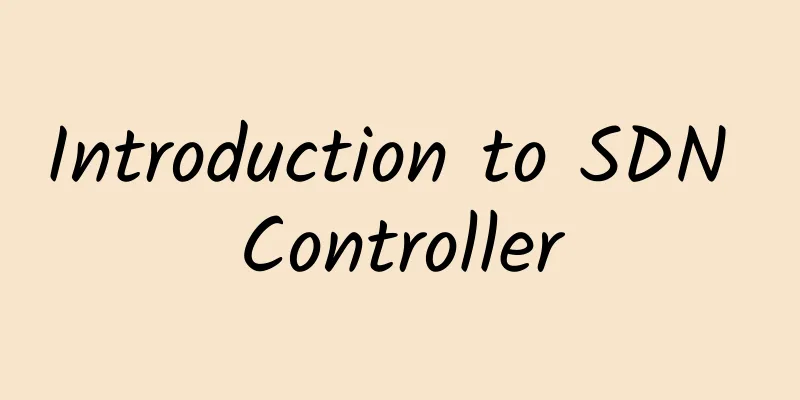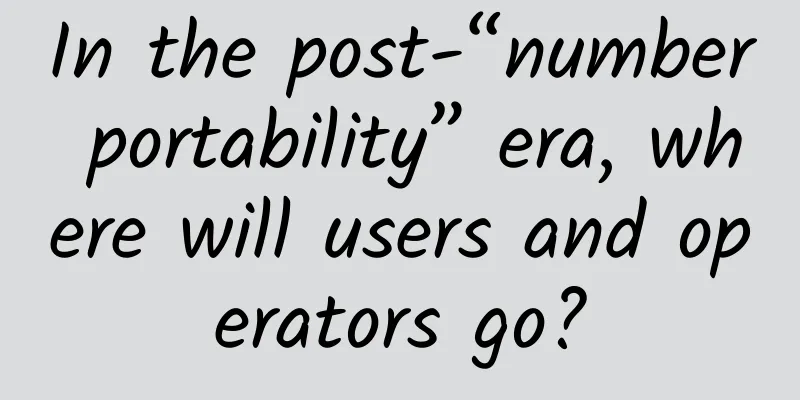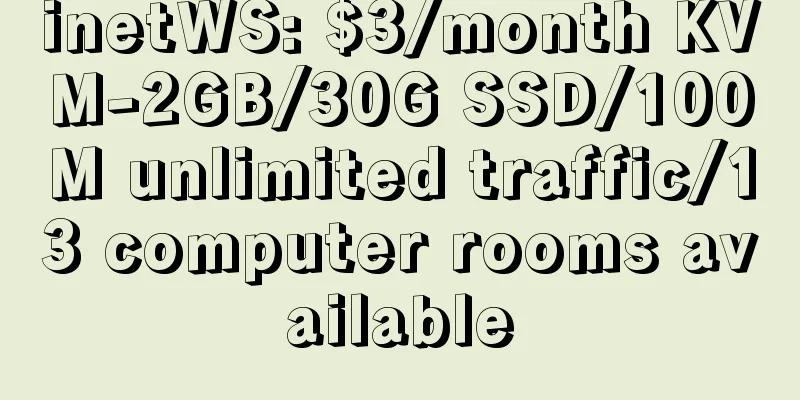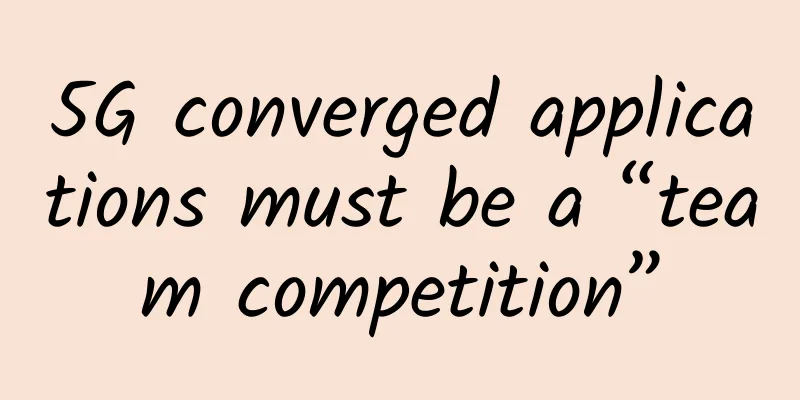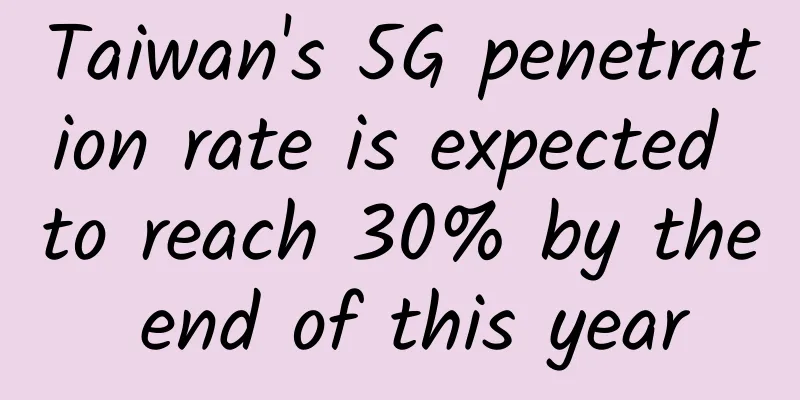Sending Messages - RocketMQ Knowledge System (II)
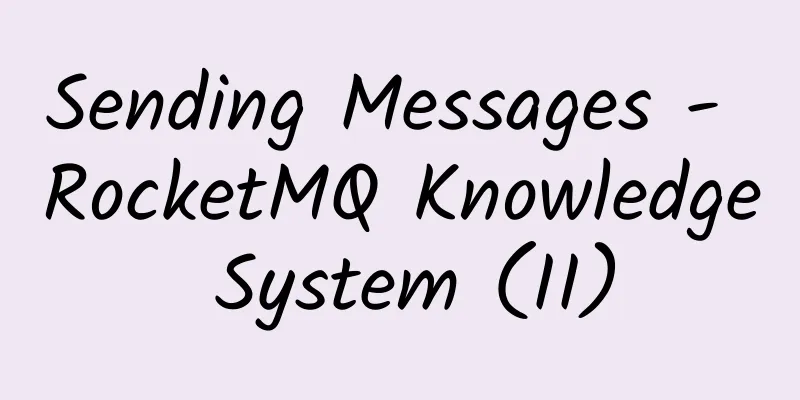
|
In the previous article, we got to know RocketMQ. This article will talk about the production side of RocketMQ and the principles of message sending. Message sending processRocketMQ client message sending can be divided into the following three layers: Business layer: directly call the business code of the MQ Client sending API; Message processing layer: After RocketMQ Client obtains the message object sent by the business, it performs a series of operations such as parameter checking, message sending preparation, parameter packaging, etc. Communication layer: RocketMQ is an RPC communication service encapsulated by Netty. All the communications between RocketMQ components use this module. The general process:
Message data structureMessage The physical carrier of information transmitted by the message system, the smallest unit of production and consumption of data, each message must belong to a topic. Each message in RocketMQ has a unique Message ID and can carry a Key with a business identifier. The system provides the function of querying messages by Message ID and Key. Core field configuration Other Message Configuration Producer Configuration Message sending method Rocketmq provides three ways to send common messages: synchronous, asynchronous, and one-way.
Comparison of sending methods: sending throughput, one-way > asynchronous > synchronous. However, one-way sending has poor reliability and may cause message loss. The selection is determined according to actual needs. 2. Message Type The message client provides multiple SDKs: normal, sequential, transactional, and delayed messages Producer Load BalancingWhen a producer sends a message, it polls all queues by default, and the message will be sent to different queues. Queues can be distributed on different brokers. Producer high availability【Application scenarios】 Suppose there is a cluster consisting of three broker nodes, with topic 1. By default, four queues are created on each broker, namely: master-a (q0, q1, q2, q3), master-b (q0, q1, q2, q3), master-c (q0, q1, q2, q3). The last time a message was sent to the q0 queue of master-a, master-a crashed. If you continue to send topic 1 messages, how can you avoid sending them to master-a again? RocketMQ's solution: Sending failure retry and Broker fault delay avoidance mechanism. The configuration item retryTimesWhenSendFailed is used to indicate the number of synchronous retries, which is 2 by default, plus 1 normal send, for a total of three opportunities; the queue selection method is controlled by the value of sendLatencyFaultEnable, which is false by default, and does not start the broker fault delay mechanism. When the value is true, the broker fault delay mechanism is enabled. (1) Retry after sending failed RocketMQ supports synchronous and asynchronous sending. Either method can be retried after failure. If a single Broker fails, the retry will select other Brokers to ensure normal message delivery. Failure retry logic: (2) Broker Avoidance Mechanism RocketMQ Client maintains a "Broker-Send Delay" relationship and selects a Broker with a lower send delay level based on this relationship. This can maximize the use of Broker capabilities, eliminate Brokers that are down, unavailable, or have a high send delay level, and ensure that messages are sent normally as much as possible. What to do if NameServer is down?If Namesrv is down, the newly added production and consumption will not be able to obtain the topic routing information and will report MQExecption; if the production and consumption caches the routing information of the producer's cached Topic, if all NameServers are down, messages can still be sent at this time. |
<<: What is the handshake process like when connecting to a host whose IP does not exist?
>>: Big data, 5G, and surgical robots are changing healthcare
Recommend
Avaya's 20th anniversary marks its start again. Fu Lili, president of Greater China, says Avaya will transform to a cloud model
[51CTO.com original article] On October 1, 2000, ...
LOCVPS: Hong Kong Kwai Wan/Kwai Wan High Defense #2 lifetime 35% off, 20% off for all items
In order to welcome the Double 12 shopping festiv...
The Data Security Law has been officially announced! How to manage risks and protect sensitive corporate data?
On June 10, 2021, the "Data Security Law of ...
Deny 5G and believe in Starlink? IQ is a good thing
Not long ago, a foreign artist "made" a...
The 5G timetable of the three major operators is determined: it is not too late to change your mobile phone in 2019
At the recently concluded MWC 2018, 5G became a h...
5G small base stations are about to take off!
On the one hand, the higher frequency band of 5G ...
eSIM card, where is the future?
On March 29, 2019, China Unicom held a joint firs...
Industry 4.0 is driving enterprise fiber access
Industry 4.0 has brought with it a wave of value-...
It is an inevitable trend to open up the 6GHz spectrum to 5G in the future
At the 7th Asia-Pacific Spectrum Management Confe...
The future of blockchain
The rise of the digital currency market represent...
Thousands of face photos can be bought for 2 yuan! CCTV reveals the black market of AI! The truth is far more than this
On October 27, CCTV News reported last night that...
Experience first, Borei Data builds a monitoring system centered on user conversations
Research has found that when page access performa...
IDC Commentary: The 6G that powerful countries are competing for may be just a pipe dream!
With the issuance of licenses and several major o...
Crisis! Crisis! The epidemic is a “crisis”, 5G is an “opportunity”
A sudden encounter with the pneumonia epidemic re...
Why can't the 5G package be changed back to 4G?
Recently, the "5G-forced" incident has ...
